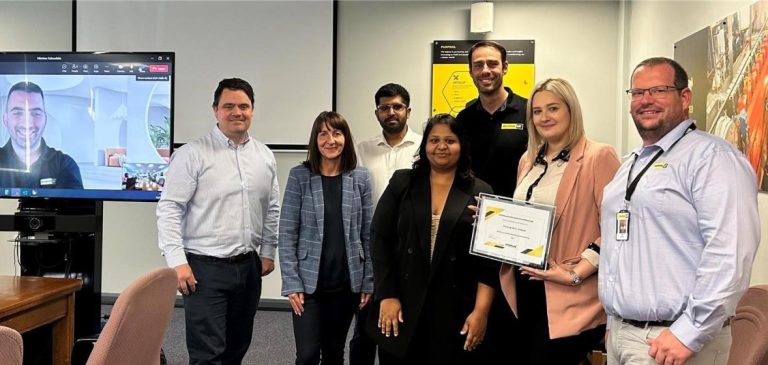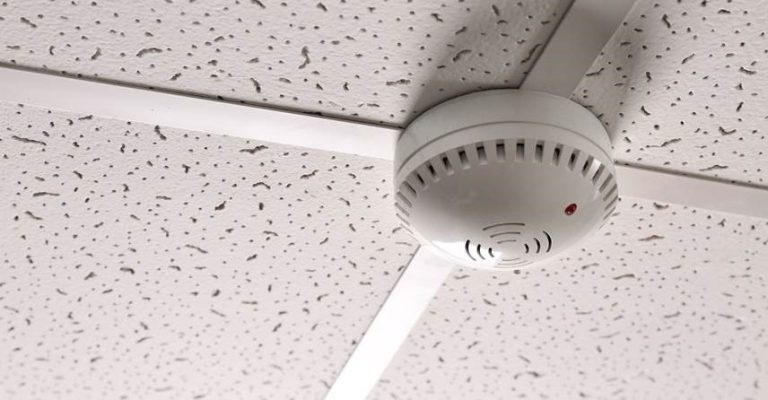By David Norman, Davon For smaller and medium-sized developers, 2023 was the year that everything took longer. It took longer to find and acquire land, longer to obtain bank funding and longer to get materials delivered but most of all, it took longer to get planning permission. There was barely a day all year when I didn’t have a discussion with a client involving planning. The industry’s frustration with the ponderous UK system is palpable. It’s particularly galling for the SME residential developers who are typically our clients because they have fewer resources to deal with the bureaucracy and face more intense financial pressures than the big hitters, notably on cashflow. When you are stretched on a project having shelled out for a parcel of land, planning delays pile up your bank interest. Time is money. And it is not just delays that eat cash. Even a small development of, say, two houses can incur upfront costs of £30-50,000 in planning and professional fees. For more complex projects, that number can easily top £100,000 when you factor in consultancy fees for a broader raft of planning hurdles such as right to light and environmental studies. Another big-ticket pre-planning bill can be option fees for the landowner. Unfortunately for developers, banks dislike lending against developments pending planning applications as there are no assets in the project, which means the developer must find the cash. These pressures have had a cataclysmic effect on smaller to medium residential developers. According to the Federation of Master Builders, 40 years ago SME house builders delivered 40% of our homes. Today, this figure is just 12%. Planning is not the only culprit. The FMB says the sector has been hit hard by successive recessions. They report that SME and custom builders say they struggle to access finance and land, but right up there on their list of complaints is the difficulty of navigating Britain’s complex planning system. Our experience at Davon talking to SME residential developers throughout last year bore that out, so we were pleased to give our support to the FMB’s campaign for: For years, successive governments have promised action to tackle the housing shortage and streamline the planning system. Yet the industry sees little or no progress and has become at least sceptical if not cynical. The latest government initiative is the Levelling Up and Regeneration Act which became law in October 2023. It is supposed to speed up the planning system, hold developers to account, cut bureaucracy, and encourage more councils to put in place plans to enable the building of new homes. The Act promises that new developments will be more attractive with better infrastructure such as GP surgeries, schools and transport links. Development will be shaped by local people’s democratic wishes, enhance the environment and create neighbourhoods where people want to live and work. That all sounds great, but will it happen? One feature of the Act that caught my eye is to give councils the power to work directly with landlords to bring empty buildings back into use by local businesses and community groups, “breathing life back into empty high streets”. Many people in the property and construction world will tell you that converting offices and retail premises into residential is fraught with difficulty, but it can be done successfully. Take our client, Barker Homes for example. We have provided mezzanine finance for a series of their conversion projects, the latest being a £10.5 million redevelopment to transform a town centre commercial building in Hemel Hempstead into 40 luxury apartments. If planning policy changes can smooth the path for more of these and other kinds of conversion of redundant buildings, that would be welcome. It will be necessary if the Act is to deliver on its objectives, which include directing growth to support the regeneration of brownfield sites and renewing and levelling up towns and cities with more homes in Britain’s largest urban centres including in the North and Midlands. The government says that this will not only make the most of brownfield land but also maximise the use of existing infrastructure, taking advantage of structural change in urban land use and reducing the need for unnecessary travel. One criticism we often hear is that national and local planning is not joined up. To some extent this is addressed in the Act with new joint spatial development strategies to bring together planning authorities across boundaries where there are strategic reasons to do so. But at the local level where our clients operate, it is the promise of a speeded up, streamlined planning service that is most appealing. Previously mooted planning overhauls have met with reticence from the planners themselves but this time, at least publicly, they are being supportive. The Act has been backed by the planners’ professional association, the Royal Town Planning Institute, although its chief executive, Victoria Hills, said if it is to be successful, the government must engage frequently with planners to ensure that new regulations and policy work as intended and deliver on those promises. To me, that is the crux of the matter. There have been too many initiatives for change in the system that have fallen by the wayside as well as promises to deliver on housing and regeneration that have been little more than re-hashed versions of existing policies. What the industry desperately needs is action, and that means ensuring that planners are on board with the spirit of the new law. Building, Design & Construction Magazine | The Choice of Industry Professionals














